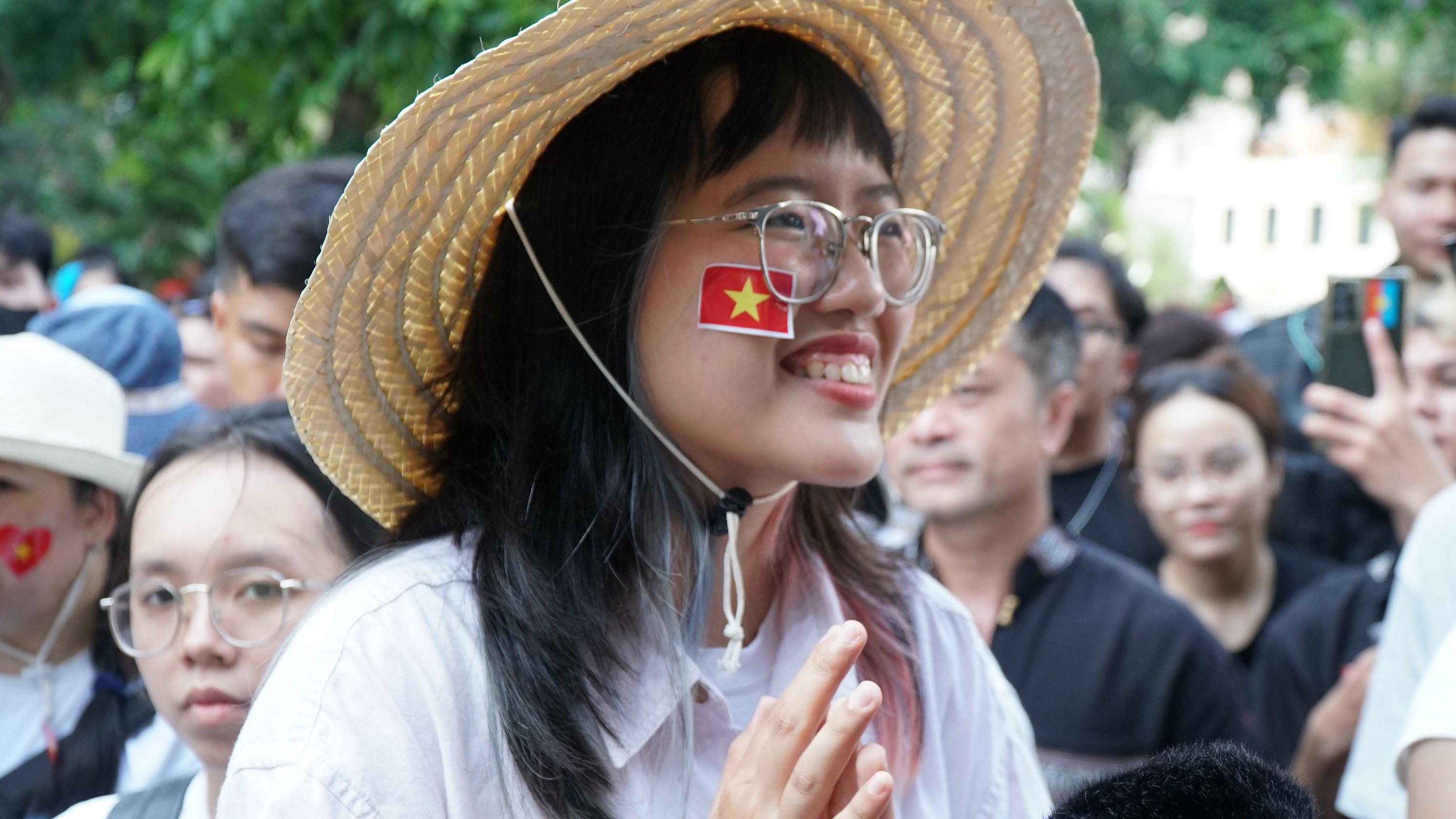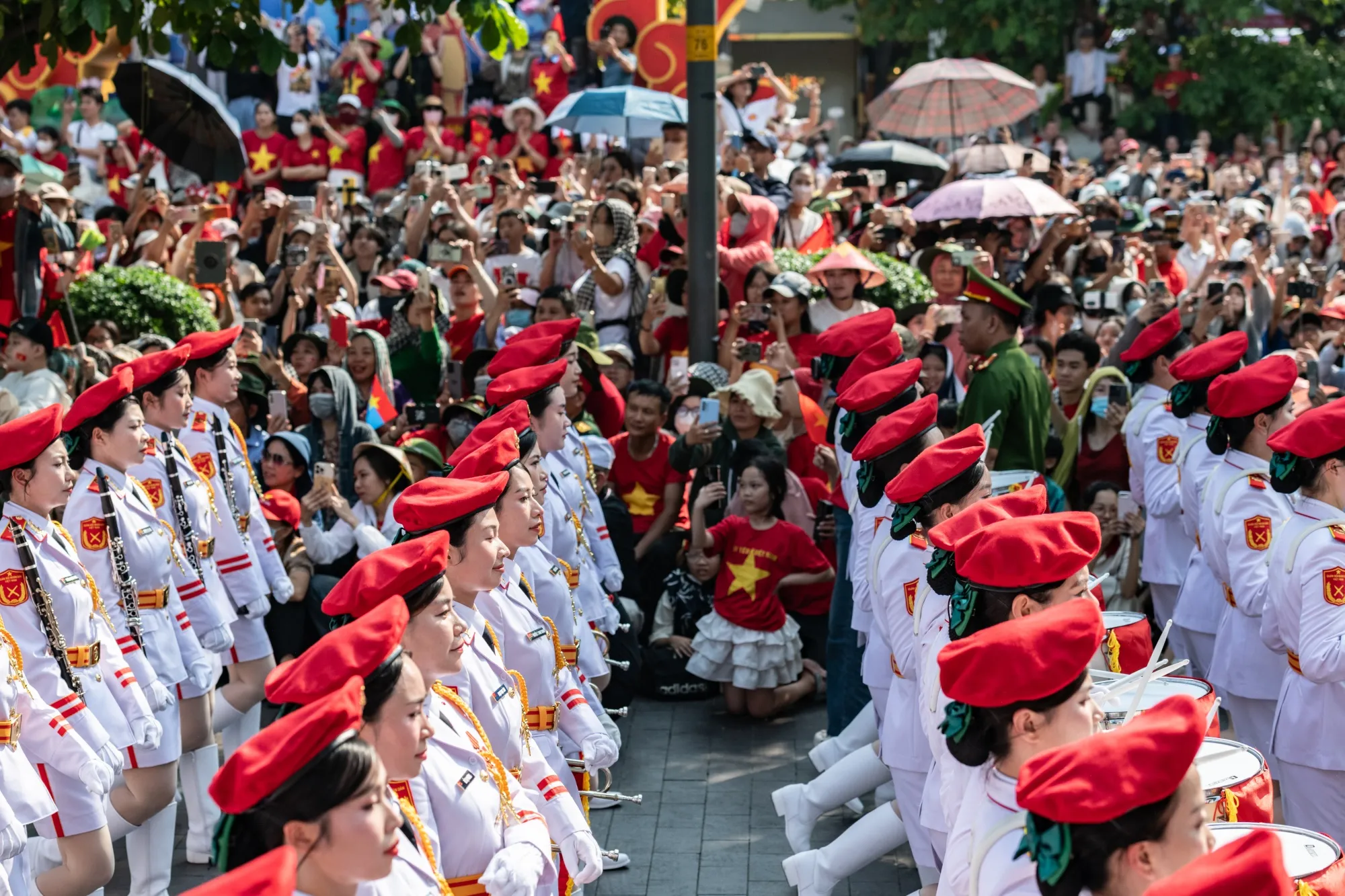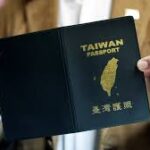On the 50th anniversary of the end of the Vietnam War, the Southeast Asian nation finds itself in a dramatically different conflict — one rooted in economics, not ideology. Vietnam, a fast-growing, youthful, and ambitious country, now faces a fresh threat from the United States in the form of proposed tariffs as high as 46% under President Donald Trump’s ongoing trade war strategy.
In Ho Chi Minh City, formerly Saigon, young people like 20-year-old student Tung Linh express optimism and ambition for the future, seemingly unburdened by the war that shaped their grandparents’ lives. “We don’t hate them [the Americans]. That was the past,” said another student, 18-year-old Minh, when asked about the U.S. “Now we want to trade with America.”
Vietnam’s Economic Transformation
Since the fall of Saigon in 1975, Vietnam has undergone a remarkable transformation. Its authoritarian leadership has adopted capitalist market reforms, encouraged foreign investment, and is now positioning itself as an alternative manufacturing hub to China. This pivot has gained momentum especially since Trump’s initial tariffs on China in 2018, as companies sought to diversify supply chains.
Vietnam’s economy is growing at 5% and boasts a median age of just 33, making it one of the youngest and most dynamic countries in Asia. The government under new Communist Party chief To Lam is implementing sweeping reforms to cut bureaucracy, including a plan to reduce provinces from 63 to 34 and lay off 100,000 government employees in 2025.

Tariffs: A New Threat to Growth
Despite the optimism, Vietnam’s economic aspirations may be derailed. President Trump is threatening to impose a 46% tariff on Vietnamese exports, citing concerns over the country being used as a transshipment point for Chinese goods. This move could destabilize Vietnam’s role as a key US trading partner and a manufacturing haven for global tech and electronics firms.

Businesswoman Lisa Wu, who returned to Vietnam after three decades in Taiwan, noted a chilling effect already taking hold. “Because of the policy change, all have stopped and everyone is waiting,” she said, referring to delayed factory openings and investments.
Walking the Tightrope Between US and China
Vietnam’s geography and history bind it closely to China, but its economic future leans westward. Less than two weeks ago, the country welcomed Xi Jinping with ceremonial pomp, emphasizing fraternal relations. Yet, Vietnam also courts the United States for trade and investment, navigating a delicate balance between two powerful rivals.
China’s assertiveness in the South China Sea and economic dominance remain concerns, but Vietnam’s leaders are unwilling to choose sides. As one observer put it: “Vietnam needs both.”
Healing from History

Despite the legacy of a war that killed three million people and left deep scars, modern Vietnam chooses to look ahead. Former soldier Le Thanh Gian, who still carries shrapnel from the conflict, reflected: “We must have peace… Now we must work together with the Americans for the future.”
As Vietnam marks five decades of reunification, the red flag with a yellow star still waves high. But beneath the surface of celebration lies the unease of a new kind of battle — one fought in boardrooms, factories, and tariff tables, not jungles.
Less than two weeks ago, they rolled out the red carpet to welcome Chinese leader Xi Jinping in the capital Hanoi. Warm words were spoken of fraternal friendship and support. But relations with their big neighbour are trickier than they may appear. For years, Vietnam has walked a tightrope between Washington and Beijing – the latter’s expansive ambitions can be a threat to neighbours, especially growing economies that are keen to woo US businesses.
As Vietnam insists on “looking forward”, it appears to have almost forgotten the men and women who fought in the jungles and through the hell of American bombs.
But even they say there must be no return to the past. “I used to have a scar here,” says Le Thanh Gian, pointing to his right hand, where a bullet had once lodged.
“There are still some pieces of shrapnel in my body that couldn’t be removed. There were battles where it seemed like we would all be killed. But some of us survived while others fell.”
But he says he bears no anger anymore.
“We must have peace. We have already made a lot of progress. People’s lives are more prosperous and fulfilled. Now we must work together with the Americans for the future.”
Related Reading: How the US-China Trade War is Shaping Global Economies









